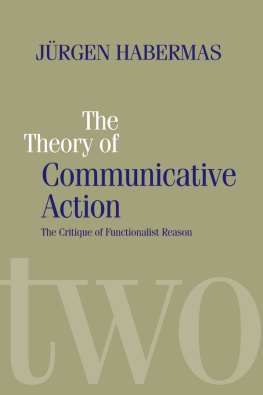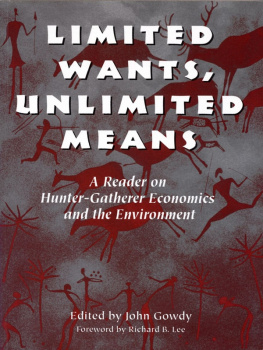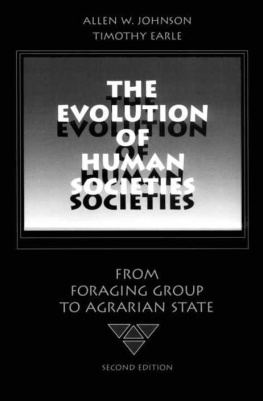First published 2012 by Transaction Publishers
Published 2017 by Routledge
2 Park Square, Milton Park, Abingdon, Oxon OX14 4RN
711 Third Avenue, New York, NY 10017, USA
Routledge is an imprint of the Taylor & Francis Group, an informa business
Copyright 2012 by Taylor & Francis
All rights reserved. No part of this book may be reprinted or reproduced or utilised in any form or by any electronic, mechanical, or other means, now known or hereafter invented, including photocopying and recording, or in any information storage or retrieval system, without permission in writing from the publishers.
Notice:
Product or corporate names may be trademarks or registered trademarks, and are used only for identification and explanation without intent to infringe.
Library of Congress Catalog Number: 2011042481
Library of Congress Cataloging-in-Publication Data
Fein, Melvyn L.
Human hierarchies : a general theory / Melvyn L. Fein.
p. cm.
Includes bibliographical references and index.
ISBN 978-1-4128-4596-0
1. Social stratification. I. Title.
HM821.F45 2012
305.512dc23
2011042481
ISBN 13: 978-1-4128-4596-0 (hbk)
Aristotle said that man is a political animal. Since all political systems are to some degree ranking systems, he thereby implied that we humans are hierarchical animals, and that moreover this is an essential part of our social nature. Almost two millennia later, Thomas Hobbes in seeking to understand how human societies are possible also found his solution in a hierarchical arrangement. In the Leviathan, he argued that our tendencies toward interpersonal conflict could only be restrained by designating someone to exercise superior power over others. More recently, Randall Collins has distinguished between order-givers and order-takers. This, for him, is the crucial dimension in determining social class and in explaining how social power operates.
Indeed, since their inception, the social sciences have focused on differences in hierarchical rank. Hence, within sociology, generations of investigators sought to explicate social stratification. As a result, they studied distinctions in social class, social caste, and bureaucratic authority. Furthermore, these disparities in power were usually assumed to reside at the center of human societies. The question was not whether they existed, but what their consequences were. Meanwhile, political scientists concentrated on the governmental aspects of power management. Some even defined politics as an ability to create and employ social alliances so as to exercise interpersonal power. The hierarchical distinctions created by these means may not always have met with professional approval, but their reality was rarely questioned. Even anthropologists have studied social hierarchies. Often more explicitly than in other disciplines, they have described the hierarchical aspects of hunter-gatherer and small-scale agricultural communities.
Psychologists, it is true, have been less explicit in their researches regarding hierarchy, but they too have understood the importance of leadership and power. Social psychologists, in particular, have made these the central features of their theories. Nor must we neglect the hierarchical contributions of economists. They could scarcely ignore the importance of social ranking in accumulating wealth or in exercising its prerogatives. Nor could they disregard the importance of hierarchies of authority in managing large-scale economic operations. They have realized that who got to give orders to whomand howwas often decisive in determining what goods got produced and in what quantities.
Most researchers have also recognized that hierarchical arrangements are universal. Despite numerous attempts to prove otherwise, every known society, both large and small, has exhibited some form of stratification. In no society is power ever equally distributed. Nor are these disparities without consequence for the life-chances of the participants. Not just their personal comfort, but also their personal and communal survival may be at stake. As a result, few humans are disinterested in how the hierarchies in which they reside constructed or altered. While not all aspire to be at the apex of these power structures, few are indifferent to being consigned to their base. Accordingly, not just sociologists, but ordinary persons too are concerned about the details of social mobility. Indeed, where it is possible, most aim to move up in status. And even when this is not possible, those situated at their lower extremes are fascinated with the finer points of life above them.
Given the universality ranking systems, it is exceedingly strange that so many contemporary social scientists deny their validity. Indeed, many regard hierarchy as an anomaly. They insist that it is not a fundamental aspect of our humanity. Far from our being hierarchical animals, they regard us as innately egalitarian. Consequently, where inequalities in status exist, they attribute these to corrupting elements. Either self-seeking individuals are distorting social relationships for their own benefit or superfluous social institutions are interfering with normal human impulses. More specifically, unscrupulous elites are regularly accused of hoarding social resources so they can live more comfortably, while communal conventions such as property ownership are thought to enable some individuals to exploit others for their private ends. Either way, the resulting inequities are regarded as intolerable and ripe for elimination.
What has therefore happened is that the study of social hierarchies has been moralized. Instead of investigating what is occurring, the emphasis of many researchers is on establishing that this is unfair and then on determining how it can be reformed. Although those engaged in this activity still refer to themselves as scientists, they are more properly characterized as social activists. Representative of this change in direction has been how most sociologists today describe their object of study. Where once they claimed to analyze social stratification, now they are more concerned with social inequalities. Yet the term inequality is not neutral. It is a pejorative. In contemporary Western societies, it connotes something illegitimate. Viewed as essentially immoral, it therefore begs to be eradicated. This being so, social disparities are regarded as inherently wrong and unwarranted.
Nonetheless, inequality and hierarchy are not interchangeable concepts. Many inequalities have little if anything to do with social ranking. Thus, the length of persons noses may literally make them unequal without affecting their social statuses. They may also be unequal in the color they paint their houses without this influencing who has power over whom. Hierarchies, of course, institutionalize social differences, but these are circumscribed forms of inequality. They generally center around disparities in relative power. Neglecting this distinction has led to significant confusions. The most noteworthy of these concern gender. Inequality theorists have observed the inequalities between men and women and come to the conclusion that these imply exploitation. As a consequence, they recommend the elimination of gender-based differences. Moreover, they assume that once androgyny becomes the norm, males will no longer dominate females. This perspective, unfortunately, discounts the differences between social class and gender relationships. In the rush to achieve social justice, it denies a host of important social facts.










